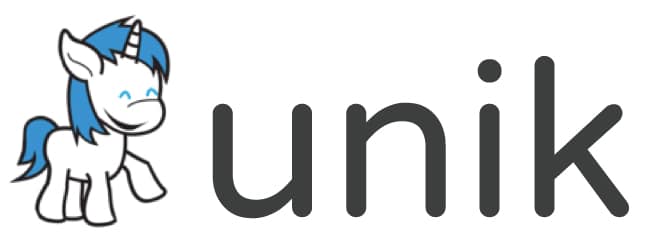At the Cloud Foundry Summit, EMC Corporation announced a new open source tool that enables developers to deploy applications to the cloud and IoT devices more securely and efficiently, by compiling application sources into unikernels, Unik (pronounced like unique). EMC is releasing Unik as an open source project with the hopes of helping bring customers closer to cloud native application platforms through the choice of running applications with containers or unikernels.

Unik is the latest EMC contribution to the open source community. Earlier this month EMC announced its new polymorphic volume scheduler, Polly, as well as an enhanced version of REX-Ray. According to EMC, these contributions along with Unik should help accelerate collaboration on and adoption of key infrastructure technologies for the modern data center. Along with these contributions, including today’s, EMC states that it is dedicating development resources and leadership to open source communities and efforts such as Cloud Foundry and OpenStack.
A large aspect of Unik’s ability revolves around unikernels. Unikernels are specialized, lightweight kernels and bootable operating system images that are tuned specifically to running applications. Being the smallest subset of code required to run an application, the unikernel is easily portable while using less overhead, smaller attack surfaces and faster boot times than traditional OS. As single-purpose images, unikernels can be deployed for production on hypervisors, cloud platforms and embedded devices and act as discrete VMs that embrace the innate advantages of reliability, availability and security that virtualization provides. All of the efficiencies unikernels provide make them ideal for running applications on IoT devices.
The efficiencies in unikernels will also aid in bringing new capabilities to applications such as Cloud Foundry, Docker and Kubernetes that focus on container technology. Unik is designed to act as a bridge between unikernel and container technology. Unikernels can be developed and operated seamlessly through Unik’s convenient REST API. EMC states that Unik is a highly pluggable and scalable architecture that allows contributions for new processor architectures, programming languages, unikernel compilers and cloud providers. Developers can compile applications into different unikernels that can be deployed on hypervisors such as VMware vSphere or KVM with application platforms such as Cloud Foundry, Docker and Kubernetes.
Unik's key features include:
- Ability to integrate with multiple back-end open source platforms to compile, package and deploy applications
- Brings efficiency and security to applications on modern platforms and IoT devices
- Simplification of development and operation of applications that employ unikernels
- Supports developing and operating applications with hypervisors running locally and in data centers
- Support for common hypervisor and cloud providers
Availability
Unik is available now under the Apache 2.0 license on Github, found in the link below.




 Amazon
Amazon